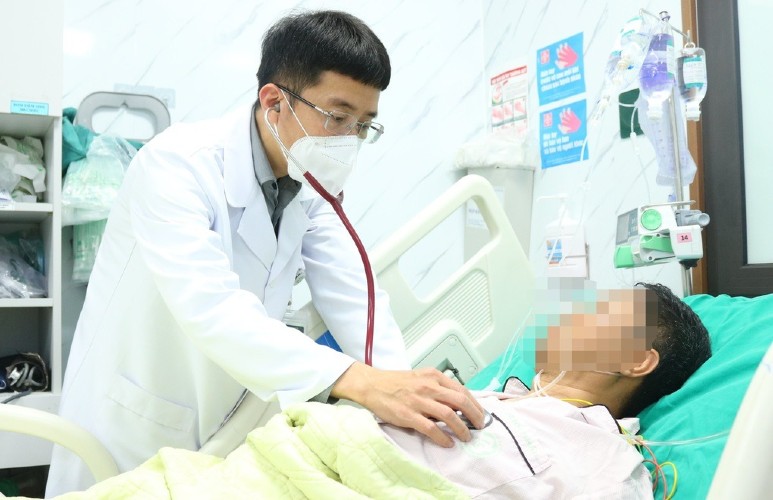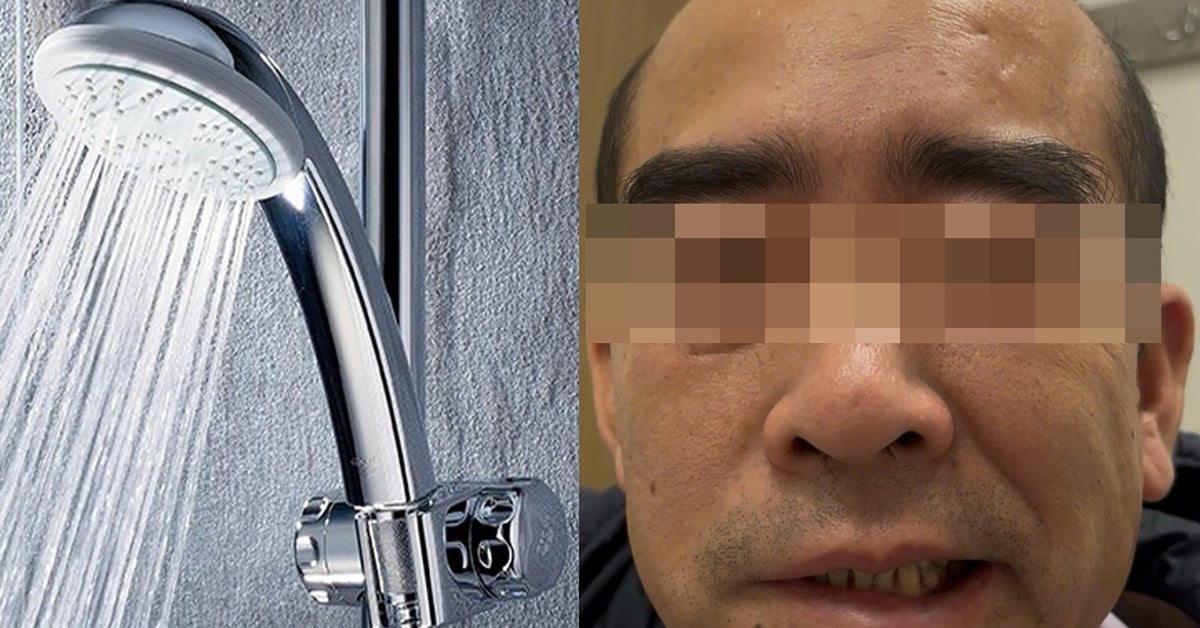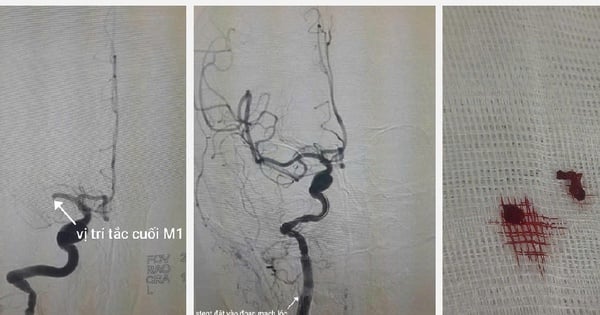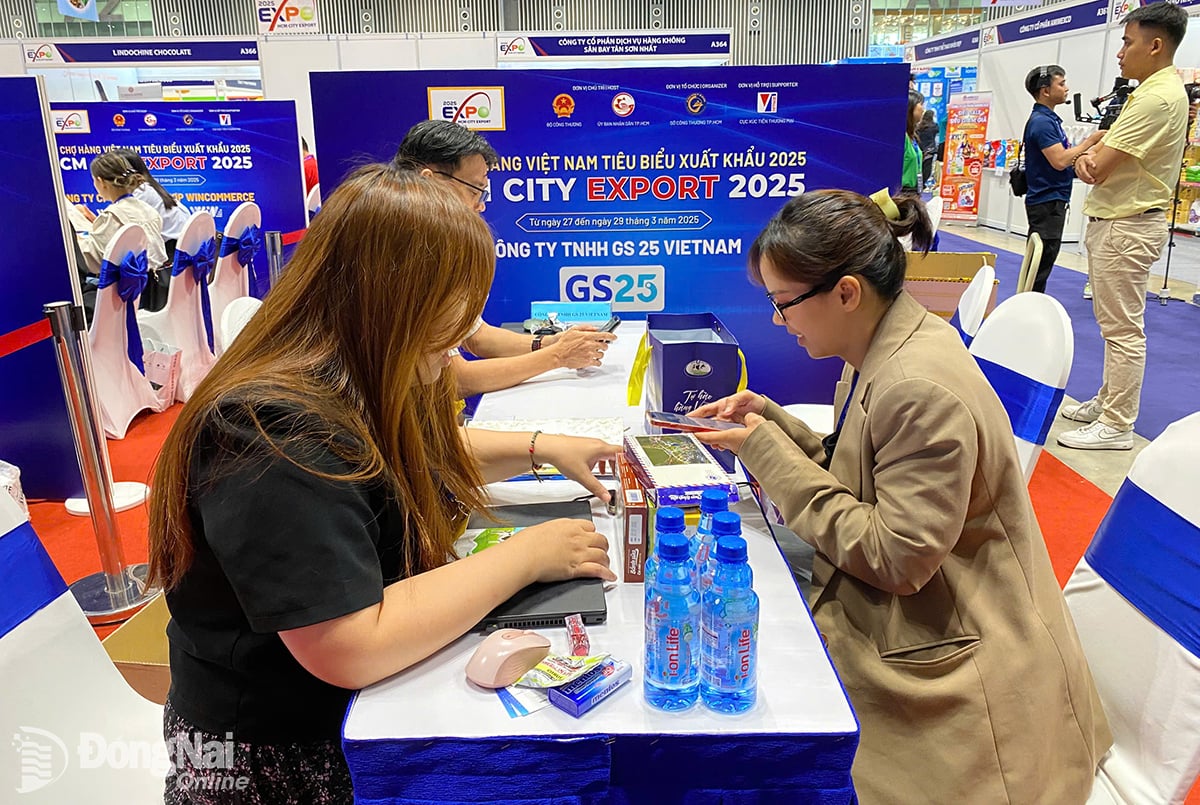Stroke is the leading cause of death and disability worldwide. There are approximately 12.2 million strokes worldwide each year.
Burden of stroke
Every 3 seconds, someone in the world has a stroke. In Vietnam, more than 200,000 cases are recorded each year and this alarming number is increasing.
 |
| Stroke is the leading cause of death and disability worldwide. There are approximately 12.2 million strokes worldwide each year. |
According to Deputy Minister of Health Tran Van Thuan, stroke is currently one of the leading causes of death and disability globally, posing a major challenge to the health systems of many countries, especially developing countries like Vietnam.
The consequences of stroke not only affect each family but also affect social issues such as medical burden and labor force, the cost related to stroke patients accounts for about 1.12% of the world's GDP. Therefore, improving professional quality is essential to develop the stroke specialty to meet the high demand of the whole society.
Each stroke case is not only a patient in need of treatment but also a life and a family that is severely affected. Therefore, the Ministry of Health attaches special importance to researching, updating and implementing comprehensive stroke prevention, emergency and treatment strategies.
With the rapid increase in the number and complexity of cases, the health system is required to make great strides in both technology and organizational model.
According to experts, stroke is a complex disease, requiring the cooperation of many specialties from neurology, emergency medicine, rehabilitation to psychology, to bring the best results for patients.
A multidisciplinary approach is not simply about collaboration between disciplines, but about creating synergy, allowing us to have a more comprehensive view of stroke.
Deputy Minister Tran Van Thuan said that artificial intelligence (AI) has been opening up new horizons in modern medicine. In the field of stroke, AI helps us quickly and accurately analyze imaging data, predict disease progression, optimize treatment plans, and even personalize rehabilitation methods for each patient.
“For developing countries, AI also helps us shorten the gap in diagnosis and treatment compared to developed countries,” said Mr. Tran Van Thuan.
According to Professor Mai Duy Ton, Director of the Stroke Center, Bach Mai Hospital, Vietnam's stroke specialty has made strong progress compared to other countries in the region.
The President of the World Stroke Association, when visiting and working at Bach Mai Hospital, highly appreciated and was impressed with Vietnam's stroke emergency system.
The latest research shows that about 60% of stroke patients return to normal life. Of the remaining 40%, about 10% die, 30% suffer from disabilities, causing burdens for families and society.
“To reduce the mortality and disability caused by stroke, the most important thing is to raise awareness that stroke patients must be taken to medical facilities for emergency care and timely treatment within the golden hour, which is 3-4 hours after the first signs of stroke appear.
Vietnam has about 7 million people with diabetes.
Vietnam has nearly 7 million people with diabetes, of which 55% of type 2 diabetes patients have cardiovascular, eye, nerve and kidney complications. Diabetic complications not only increase medical costs but also reduce the quality of life...
According to the Ministry of Health, diabetes is one of the most common chronic diseases in the world, is increasing rapidly and is becoming a public health problem that needs special attention.
According to the International Diabetes Federation in 2021, the number of people with diabetes worldwide is 537 million.
The number of people with diabetes is expected to increase to 643 million by 2030 and to 783 million by 2045. Statistics show that over 70% of people with diabetes live in low- and middle-income countries due to the rapid increase in consumption of energy-rich foods and sedentary lifestyles.
To reduce the rate of people getting sick, the leaders of the Ministry of Health said that it is necessary to aim for a comprehensive support environment for patients, which not only helps to manage and control diseases better but also supports patients to have a healthier, happier and more balanced life.
Latest information on suspected rat poison poisoning in Lai Chau
Information from Lai Chau Provincial General Hospital said that 20 children suspected of rat poison poisoning in Tam Duong district have been discharged from the hospital.
After 3 days of treatment at the Department of Pediatrics, Lai Chau General Hospital, with the support of experts from Bach Mai Hospital, the group of children suspected of poisoning due to eating rat poison were discharged from the hospital in normal health conditions.
Before being discharged from the hospital, all children ate well, clinical symptoms improved, no vomiting, no convulsions, no clinical bleeding disorders. The children's PT and INR blood coagulation tests at 48 and 72 hours were normal.
Previously, Lai Chau General Hospital received 20 children from Giang Ma Kindergarten, Tam Duong district, suspected of eating rat poison. Through initial examination, 2/20 children showed symptoms of abdominal pain and nausea, suspected of having eaten rat poison.
After receiving the children, the medical team of the Pediatrics Department, Lai Chau General Hospital collected blood and digestive fluids and sent them to the Central Government for toxicology testing; at the same time, they performed the necessary clinical emergency steps, administered intravenous fluids, and treated them according to the poisoning treatment protocol. The test results showed that 6/20 children had low levels of Warfarin (rat poison) in their blood.
To ensure the safety of the children, Bach Mai Hospital sent a team of doctors, including leading experts from the Poison Control Center, the Hematology - Blood Transfusion Center, the Pediatric Center, the Institute of Mental Health, and the Department of Pharmacy to Lai Chau to directly examine and treat the children.




![[Photo] Opening of the National Conference to disseminate and implement the Resolution of the 11th Central Conference](https://vstatic.vietnam.vn/vietnam/resource/IMAGE/2025/4/16/e19da044c71d4330b6a03f49adcdb4f7)













![[Update] - Thanh Hoa: 55 thousand delegates attended the conference to disseminate and implement the Resolution of the 11th Conference of the 13th Party Central Committee](https://vstatic.vietnam.vn/vietnam/resource/IMAGE/2025/4/16/f1c6083279f5439c9412180dda016c15)













![[Photo] The two Prime Ministers witnessed the signing ceremony of cooperation documents between Vietnam and Ethiopia.](https://vstatic.vietnam.vn/vietnam/resource/IMAGE/2025/4/15/16e350289aec4a6ea74b93ee396ada21)





















































![[Video]. The joy of a new home](https://vstatic.vietnam.vn/vietnam/resource/IMAGE/2025/4/16/a089bfa9bc1348169e9a322be96b5da2)


![[Photo] The capital of Binh Phuoc province enters the political season](https://vstatic.vietnam.vn/vietnam/resource/IMAGE/2025/4/16/c91c1540a5744f1a80970655929f4596)








Comment (0)